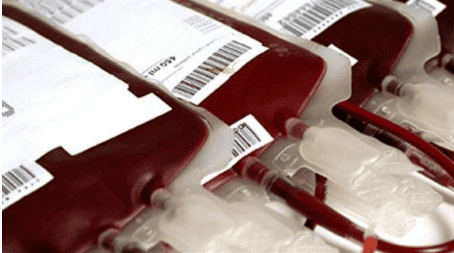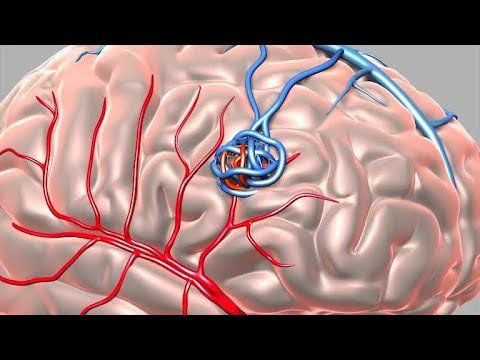This is an automatically translated article.
The article is professionally consulted by Master, Doctor Nguyen Ngoc Thang - Gastroenterologist - General Surgery Department - Vinmec Danang International General Hospital. The doctor has 17 years of experience in the field of gastrointestinal and hepatobiliary surgery.Biliary tract bleeding is an injury to the biliary tract and causes bleeding. There are many causes of biliary tract bleeding, most of which are due to diseases and damage to the liver. Treatment of biliary tract bleeding includes medical therapy, surgery, or a combination of both.
1. What is biliary bleeding?
Biliary bleeding is a lesion in the blood circulation between the biliary tree and blood vessels such as the hepatic artery, hepatic vein, portal vein, ... causing bleeding inside the biliary tree. Biliary tract bleeding is very dangerous, if not treated promptly can lead to death due to blood loss.2. Causes of biliary bleeding

Viêm đường mật là một trong các nguyên nhân chảy máu đường mật
2.1 Accidents, trauma In the past, accidents are the leading cause of bleeding in the biliary tract due to trauma to the liver, rupture of blood vessels and hepatic bile ducts.
2.2 Due to cholangitis Infectious cholangitis, gallstones can cause complications such as: biliary abscess, destruction of liver parenchyma and damage to blood vessels with biliary tract.
2.3 Due to surgical complications Percutaneous bile drainage, cholecystectomy, liver tumors, endoscopic liver biopsy, percutaneous gallstone lithotripsy are complications and injuries in the treatment of causing bleeding secret .
2.4 Other causes Liver diseases such as liver cancer or vascular abnormalities such as a ruptured aneurysm (rare) can also affect blood flow in the biliary tract.
3. Symptoms of biliary tract bleeding
Biliary bleeding includes the following symptoms:Pain in the right upper quadrant, epigastrium. The pain often appears before the bleeding. Gastrointestinal bleeding, bloody or black stools, vomiting blood. Jaundice is a typical symptom of liver diseases. After gastrointestinal bleeding, jaundice symptoms will decrease. High fever, accompanied by chills. Patients with fever due to biliary tract infection. Symptoms of hemobilia usually do not appear immediately after an injury or surgical complication. After several weeks or months, new symptoms begin to appear.
4. Treatment of biliary tract bleeding

Truyền máu cho bệnh nhân trong quá trình điều trị chảy máu đường mật
Mild form: Blood transfusion and conservative treatment. Severe form: Invasive treatment to save the patient's life. Treatment of biliary tract bleeding can be medical and surgical.
4.1 Medical treatment Medical treatment includes intravenous fluids, blood transfusions, antibiotics, hemostatic drugs and ensuring good resuscitation for the patient.
4.2 Surgical treatment Surgical treatment can choose open surgery or laparoscopic surgery. With open surgery to remove stones in the common bile duct, it is necessary to irrigate the biliary tract with warm serum and perform Kehr drainage.
If the bleeding cannot be stopped, a common or separate hepatic artery ligation should be performed. If the cause of the biliary bleeding is the gallbladder, surgery to remove the gallbladder. If open surgery reveals focal lesions in one lobe of the liver and liver abscess, surgical resection of the liver is performed. It is possible to combine surgical treatment with embolization to stop bleeding.
In addition to the above-mentioned methods, at present, the common method of treating biliary tract bleeding is fistula embolization on the artery and biliary tract. This method is indicated in cases of heavy biliary bleeding, patients requiring blood transfusion, or chronic biliary bleeding causing anemia, patients experiencing failure of conservative treatment. This treatment is highly effective.
Bleeding of the biliary tract is a serious injury that can threaten the life of the patient, so it should be detected and treated promptly.
Please dial HOTLINE for more information or register for an appointment HERE. Download MyVinmec app to make appointments faster and to manage your bookings easily.













